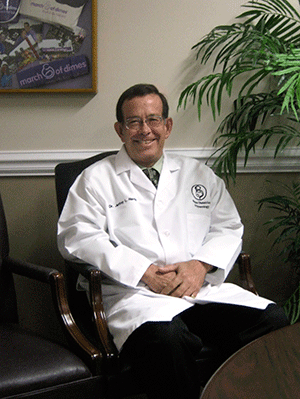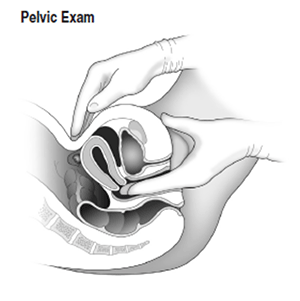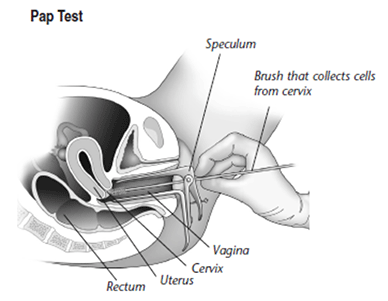
First OB/GYN Visit Dr. Harris specializes in the health care of women. He is called an obstetrician-gynecologist (ob-gyn). The first gynecologic visit for young girls should happen between the ages of 13 and 15. Young girls will typically feel nervous about the first visit. It can be helpful for you speak about it with your parents or another person you trust. You also might want to tell your doctor that you are felling a bit nervous. He or she can will do whatever they can to help put you at ease. The initial visit could be simply a conversation between you and Dr. Harris about what to expect during future visits and information on how to keep healthy. You could also have specific exams and Dr. Harris might ask several questions concerning you and your family. A number of them could seem very personal, for instance questions regarding your menstrual period or sexual activities. Should you be worried about confidentiality, you and your doctor should discuss it prior to you answering any questions. A lot of the content you share can be kept confidential. You could possibly have particular exams on the first visit. If you like, a family member or nurse can accompany you for any portion of the exam.
You typically don’t have to undergo a pelvic exam on the first visit if you aren’t having issues, like abnormal bleeding or pain. Should you be sexually active, you could have tests for some sexually transmitted diseases (STDs). The majority of the tests that teens require can be performed by the doctor using a simple urine sample. You could also receive specific vaccinations. In the general exam, the doctor will check your height, weight, and blood pressure. Additionally you will be examined for any other health issues you might have. During the genital exam the doctor will look at the vulva. He or she may offer you a mirror to enable you to see the vulva at the same time. This exam is a great approach to understand more about your body and learn the names for each part. Although you may not have a pelvic exam, you need to know what it is. An additional test you will likely have later on (around age 21 is called a Pap test. This test looks for any abnormal changes in the cervix which could eventually result in cancer.
The pelvic exam features 3 parts: 1. Checking the vulva The doctor uses a speculum to observe your vagina and cervix. When you receive a Pap test, a sample of cells is extracted from your cervix using a small brush. |
||||
 |
||||

